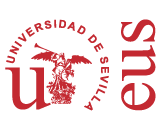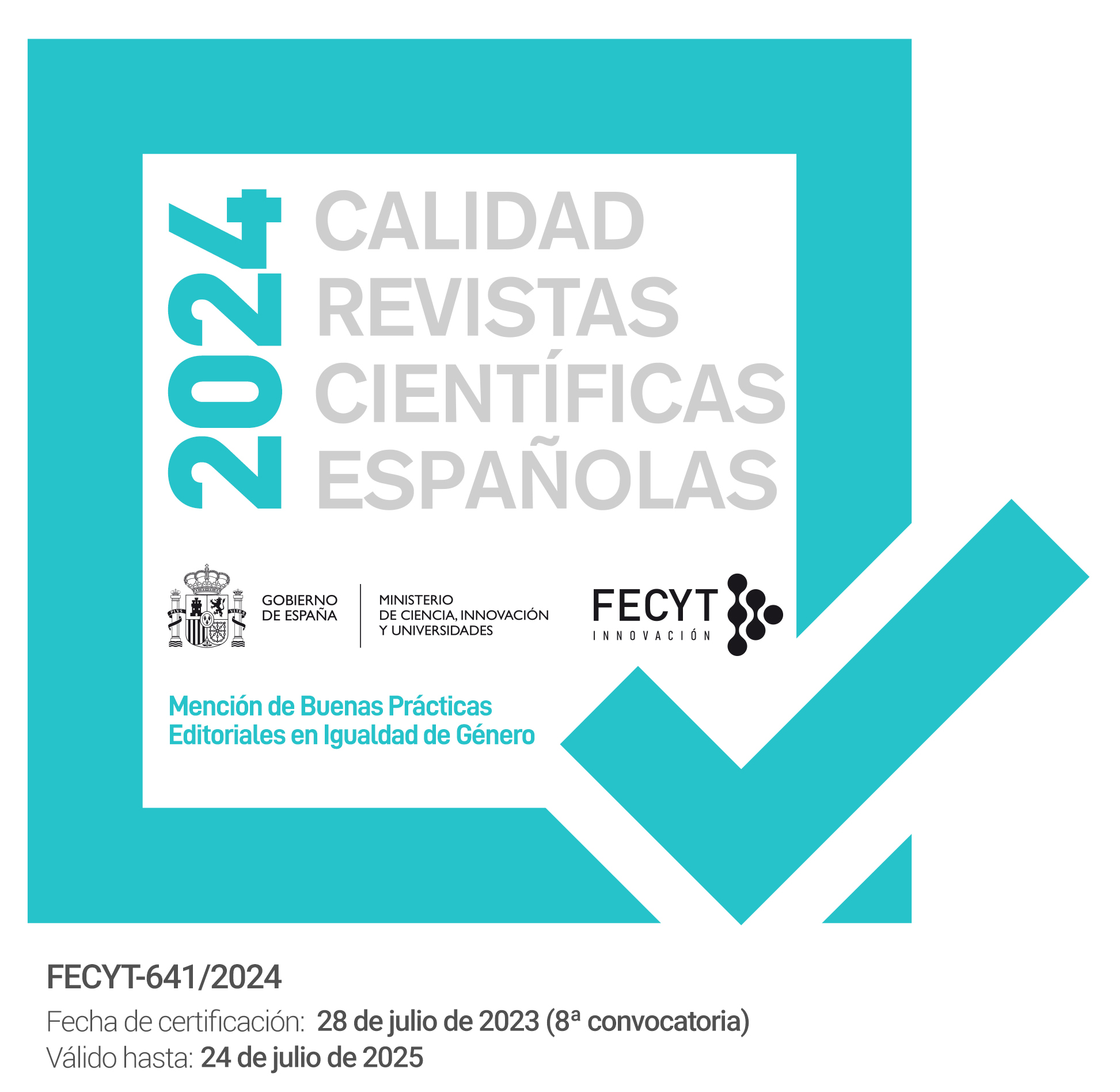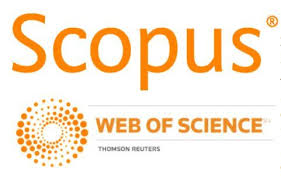Sobre las formas de reproducción del discurso ajeno en algunos textos periodísticos de la prensa italiana y española
DOI:
https://doi.org/10.12795/PH.2012.v26.i02.06Palabras clave:
Discurso referido, Polifonía, Pragmática, Emisor mediático, NeutralidadResumen
En este trabajo se abordan algunos textos periodísticos italianos y españoles desde una perspectiva pragmática, como fenómeno de comunicación que sirve de punto de partida para analizar la polifonía del mensaje periodístico. Se estudian por tanto, la multiplicidad de voces a las que da acogida dicho texto y los procedimientos de cita que aparecen en el mismo, delimitando los principales mecanismos de reproducción del discurso ajeno que subyacen en ambas culturas periodísticas, para resaltar, donde proceda, las diferencias y analogías.
Descargas
Métricas
No metrics found.
Referencias bibliográficas
Alarcos Llorach, E., “El lenguaje de los titulares”. En Lenguaje en periodismo escrito. Madrid, Fundación Juan March, 1977.
Anscombre, J.C., y O. Ducrot, La argumentación en la lengua, Madrid, Gredos, 1994.
Charaudeau, P., El discurso de la información. La construcción del espejo social. Barcelona, Gedisa, 2003
Diccionario de la Lengua Española, Real Academia Española, vigésima primera edición, Madrid, Espasa, 2000.
Ducrot, O., El decir y lo dicho, Buenos Aires, Hachette, 1984.
Faustini, G., Le tecniche del linguaggio giornalistico, Roma, Carocci, 1995.
Gutiérrez Ordóñez, S., Comentario pragmático de textos polifónicos, Madrid, Arco/Libros, 2003.
Méndez, E., “Formas de citación implícita en los textos periodísticos: Entre el uso y la mención”, en Andalucía como ámbito de interés periodístico. Padilla Editores. Sevilla, 1998.
—,“Análisis de la reproducción del discurso ajeno en los textos periodísticos”, en Pragmalingüística, 7, Madrid, 1999, pp. 99-128
—,“Sobre la literalidad de la cita en los textos periodísticos” en Revista Española de Lingüística, 29, 1, Gredos, Madrid, 1999 pp. 147-167.
Mortara Garavelli, B., “Per una tipologia del discorso riportato”, en La parola d’altri, Palermo, Sellerio, pp. 17-50.
“Porcellum dubbi e borsettate: è la sindrome del rush finale” (2008) en La Repubblica.it Netmonitor. <http://netmonitor.blogautore.repubblica.it/2008/03/31/porcellumdubbi-e-borsettate-e-la-sindrome-del-rush-finale/>. Internet. 31-03-2008.
Reyes, G., Los procedimientos de cita: citas encubiertas y ecos, Madrid, Arco Libros, 1994.
—, Los procedimientos de cita: estilo directo y estilo indirecto, Madrid, Arco/Libros, 2002.
Descargas
Publicado
Cómo citar
Número
Sección
Licencia
Las ediciones impresa y electrónica de esta Revista son editadas por la Editorial Universidad de Sevilla, siendo necesario citar la procedencia en cualquier reproducción parcial o total.
Salvo indicación contraria, todos los contenidos de la edición electrónica se distribuyen bajo una licencia de uso y distribución “Creative Commons Atribución-NoComercial-SinDerivar 4.0 Internacional” ![]() . Puede consultar desde aquí la versión informativa y el texto legal de la licencia. Esta circunstancia ha de hacerse constar expresamente de esta forma cuando sea necesario.
. Puede consultar desde aquí la versión informativa y el texto legal de la licencia. Esta circunstancia ha de hacerse constar expresamente de esta forma cuando sea necesario.
Los autores/as que publiquen en esta revista aceptan las siguientes condiciones:
- Los autores/as conservan los derechos de autor y ceden a la revista el derecho de la primera publicación, y consienten en que se distribuya con una licencia Creative Commons By NC ND 4.0, que permite a terceros utilizar lo publicado siempre que mencionen la autoría del trabajo y a la primera publicación en esta revista, no se haga uso comercial y se reutilice de igual forma."
- Los autores/as pueden realizar otros acuerdos contractuales independientes y adicionales para la distribución no exclusiva de la versión del artículo publicado en esta revista (p. ej., incluirlo en un repositorio institucional o publicarlo en un libro) siempre que indiquen claramente que el trabajo se publicó por primera vez en esta revista.
- Se permite y recomienda a los autores/as que una vez publicado el artículo en la revista Philologia Hispalensis (versión online) se descarguen el PDF correspondiente y lo difundan por internet (ResearchGate, Academia.edu, etc.) ya que puede conducir a intercambios científicos productivos y a una mayor y más rápida difusión del trabajo publicado (vea The Effect of Open Access).
- Resumen 212
- PDF 87












